Ryobi One+ R18GS18 Handleiding
Ryobi
Niet gecategoriseerd
One+ R18GS18
Bekijk gratis de handleiding van Ryobi One+ R18GS18 (16 pagina’s), behorend tot de categorie Niet gecategoriseerd. Deze gids werd als nuttig beoordeeld door 190 mensen en kreeg gemiddeld 4.9 sterren uit 95.5 reviews. Heb je een vraag over Ryobi One+ R18GS18 of wil je andere gebruikers van dit product iets vragen? Stel een vraag
Pagina 1/16

R18GS18
For technical review, sent 03 Jun 2021

IMPORTANT!
It is essential that you read the instructions in this manual
before assembling, operating, and maintaining the product.
Subject to technical modications.
Safety, performance, and dependability have been given
top priority in the design of your stapler.
INTENDED USE
The stapler is intended to be used only by adults who have
read and understood the instructions and warnings in this
manual, and can be considered responsible for their actions.
The product is intended to drive staples in soft materials
such as wood.
This product is not suitable for xing electric cables.
The product is intended for consumer use only.
Do not use the product for any other purpose. Use of the
product for operations different from intended could result in
a hazardous situation.
GENERAL POWER TOOL SAFETY WARNINGS
WARNING! Read all safety warnings, instructions,
illustrations and specifications provided with this
power tool. Failure to follow all instructions listed below
may result in electric shock, re and/or serious injury.
Save all warnings and instructions for future reference.
The term “power tool’’ in the warnings refers to your mains-
operated (corded) power tool or battery-operated (cordless)
power tool.
WORK AREA SAFETY
■Keep work area clean and well lit. Cluttered or dark
areas invite accidents.
■Do not operate power tools in explosive
atmospheres, such as in the presence of flammable
liquids, gases or dust. Power tools create sparks
which may ignite the dust or fumes.
■Keep children and bystanders away while operating
a power tool. Distractions can cause you to lose control.
ELECTRICAL SAFETY
■Power tool plugs must match the outlet. Never
modify the plug in any way. Do not use any adapter
plugs with earthed (grounded) power tools.
Unmodified plugs and matching outlets will reduce risk
of electric shock.
■Avoid body contact with earthed or grounded
surfaces, such as pipes, radiators, ranges and
refrigerators. There is an increased risk of electric
shock if your body is earthed or grounded.
■Do not expose power tools to rain or wet conditions.
Water entering a power tool will increase the risk of
electric shock.
■Do not abuse the cord. Never use the cord for
carrying, pulling or unplugging the power tool. Keep
cord away from heat, oil, sharp edges or moving
parts. Damaged or entangled cords increase the risk of
electric shock.
■When operating a power tool outdoors, use an
extension cord suitable for outdoor use. Use of a
cord suitable for outdoor use reduces the risk of electric
shock.
■If operating a power tool in a damp location is
unavoidable, use a residual current device (RCD)
protected supply. Use of an RCD reduces the risk of
electric shock.
PERSONAL SAFETY
■Stay alert, watch what you are doing and use
common sense when operating a power tool. Do
not use a power tool while you are tired or under the
influence of drugs, alcohol or medication. A moment
of inattention while operating power tools may result in
serious personal injury.
■Use personal protective equipment. Always wear
eye protection. Protective equipment such as dust
mask, non-skid safety shoes, hard hat or hearing
protection used for appropriate conditions will reduce
personal injuries.
■Prevent unintentional starting. Ensure the switch
is in the off-position before connecting to power
source and/or battery pack, picking up or carrying
the tool. Carrying power tools with your finger on the
switch or energising power tools that have the switch on
invites accidents.
■Remove any adjusting key or wrench before turning
the power tool on. A wrench or a key left attached to
a rotating part of the power tool may result in personal
injury.
■Do not overreach. Keep proper footing and balance
at all times. This enables better control of the power tool
in unexpected situations.
■Dress properly. Do not wear loose clothing or
jewellery. Keep your hair and clothing away from
moving parts. Loose clothes, jewellery or long hair can
be caught in moving parts.
■If devices are provided for the connection of dust
extraction and collection facilities, ensure these are
connected and properly used. Use of dust collection
can reduce dust-related hazards.
■Do not let familiarity gained from frequent use of
tools allow you to become complacent and ignore
tool safety principles. A careless action can cause
severe injury within a fraction of a second.
POWER TOOL USE AND CARE
■Do not force the power tool. Use the correct power
tool for your application. The correct power tool will
do the job better and safer at the rate for which it was
designed.
■Do not use the power tool if the switch does not turn
it on and off. Any power tool that cannot be controlled
with the switch is dangerous and must be repaired.
■Disconnect the plug from the power source and/
or remove the battery pack, if detachable, from
the power tool before making any adjustments,
changing accessories, or storing power tools. Such
preventive safety measures reduce the risk of starting
the power tool accidentally.
■Store idle power tools out of the reach of children
and do not allow persons unfamiliar with the power
tool or these instructions to operate the power tool.
Power tools are dangerous in the hands of untrained
2Original Instructions
For technical review, sent 03 Jun 2021

users.
■Maintain power tools and accessories. Check for
misalignment or binding of moving parts, breakage
of parts and any other condition that may affect the
power tool’s operation. If damaged, have the power
tool repaired before use. Many accidents are caused
by poorly maintained power tools.
■Keep cutting tools sharp and clean. Properly
maintained cutting tools with sharp cutting edges are
less likely to bind and are easier to control.
■Use the power tool, accessories and tool bits etc.
in accordance with these instructions, taking into
account the working conditions and the work to
be performed. Use of the power tool for operations
different from those intended could result in a hazardous
situation.
■Keep handles and grasping surfaces dry, clean
and free from oil and grease. Slippery handles and
grasping surfaces do not allow for safe handling and
control of the tool in unexpected situations.
BATTERY TOOL USE AND CARE
■Recharge only with the charger specified by the
manufacturer. A charger that is suitable for one type
of battery pack may create a risk of fire when used with
another battery pack.
■Use power tools only with specifically designated
battery packs. Use of any other battery packs may
create a risk of injury and fire.
■When battery pack is not in use, keep it away from
other metal objects, like paper clips, coins, keys,
nails, screws or other small metal objects, that can
make a connection from one terminal to another.
Shorting the battery terminals together may cause burns
or a fire.
■Under abusive conditions, liquid may be ejected from
the battery; avoid contact. If contact accidentally
occurs, flush with water. If liquid contacts eyes,
additionally seek medical help. Liquid ejected from
the battery may cause irritation or burns.
■Do not use a battery pack or tool that is damaged or
modified. Damaged or modified batteries may exhibit
unpredictable behaviour resulting in fire, explosion or
risk of injury.
■Do not expose a battery pack or tool to fire or
excessive temperature. Exposure to fire or temperature
above 130°C may cause explosion.
■Follow all charging instructions and do not charge
the battery pack or tool outside the temperature
range specified in the instructions. Charging
improperly or at temperatures outside the specified
range may damage the battery and increase the risk of
fire.
SERVICE
■Have your power tool serviced by a qualified repair
person using only identical replacement parts. This
will ensure that the safety of the power tool is maintained.
■Never service damaged battery packs. Service
of battery packs should only be performed by the
manufacturer or authorized service providers.
STAPLER SAFETY WARNINGS
■Always assume that the tool contains fasteners.
Careless handling of the stapler can result in unexpected
firing of fasteners and personal injury.
■Do not point the tool towards yourself or anyone
nearby. Unexpected triggering will discharge the
fastener causing an injury.
■Do not actuate the tool unless the tool is placed
firmly against the workpiece. If the tool is not in contact
with the workpiece, the fastener may be deflected away
from your target.
■Disconnect the tool from the power source when the
fastener jams in the tool. While removing a jammed
fastener, the stapler may be accidentally activated if it
is plugged in.
■Use caution while removing a jammed fastener. The
mechanism may be under compression and the fastener
may be forcefully discharged while attempting to free a
jammed condition.
■Do not use this stapler for fastening electrical cables.
It is not designed for electric cable installation and may
damage the insulation of electric cables thereby causing
electric shock or fire hazards.
ADDITIONAL SAFETY WARNINGS
■The product is designed for single-hand use. Do not
hold the product by the front of the magazine. Do not put
hands, head, or other parts of your body near the bottom
of the magazine where the fastener exits the product, as
serious personal injury could be caused.
■Always ensure that the workpiece contact is fully
positioned above the workpiece. Positioning the
workpiece contact only partially above the workpiece
could cause the fastener to miss the workpiece
completely and result in serious personal injury.
■Do not drive fasteners near edge of material. The
workpiece may split causing the fastener to ricochet,
injuring you or a coworker. Be aware that the fastener
may follow the grain of the wood, causing it to protrude
unexpectedly from the side of the work material or
deflect, possibly causing injury.
■Keep hands and body parts clear of immediate work
area. Hold workpiece with clamps when necessary to
keep hands and body out of potential harm. Be sure
the workpiece is properly secured before pressing the
fastener against the material. The workpiece contact
may cause the work material to shift unexpectedly.
■Keep face and body parts away from back of the tool
cap when working in restricted areas. Sudden recoil can
result in impact to the body, especially when stapling into
hard or dense material.
■During normal use the product will recoil immediately
after driving a fastener. This is a normal function of the
product. Do not attempt to prevent the recoil by holding
the product against the work. Restriction to the recoil can
result in a second fastener being driven from the product.
Grip the handle firmly, let the product do the work and
do not place second hand on top of the product or near
the exhaust at any time. Failure to heed this warning can
result in serious personal injury.
■Do not drive fasteners on top of other fasteners or with the
product at an overly steep angle as this may cause deflection
3
Original Instructions
For technical review, sent 03 Jun 2021
Product specificaties
| Merk: | Ryobi |
| Categorie: | Niet gecategoriseerd |
| Model: | One+ R18GS18 |
Heb je hulp nodig?
Als je hulp nodig hebt met Ryobi One+ R18GS18 stel dan hieronder een vraag en andere gebruikers zullen je antwoorden
Handleiding Niet gecategoriseerd Ryobi
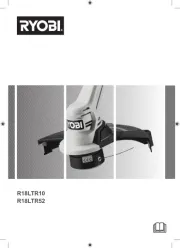
1 Juli 2025
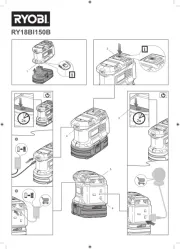
1 Juli 2025

30 Juni 2025
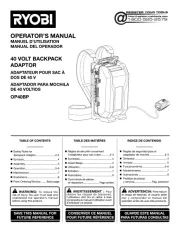
13 Mei 2025
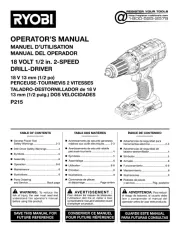
13 Mei 2025
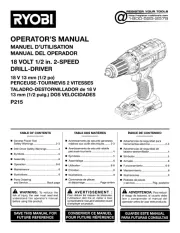
13 Mei 2025
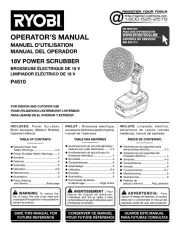
7 April 2025
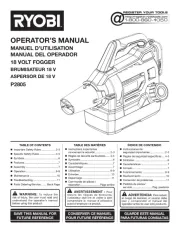
7 April 2025
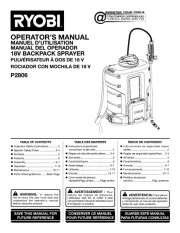
7 April 2025
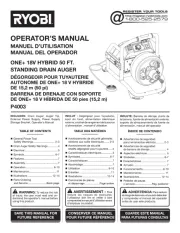
7 April 2025
Handleiding Niet gecategoriseerd
- B.E.G.
- Wacom
- SureFlap
- Hilti
- Instant
- Inter-Tech
- Primera
- Leisure
- Serge
- MSW
- Emporia
- Hettich
- Wiha
- VCDS
- Kask
Nieuwste handleidingen voor Niet gecategoriseerd
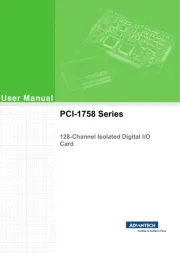
30 Juli 2025
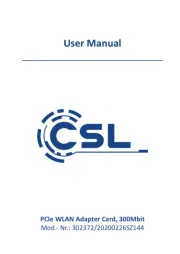
30 Juli 2025
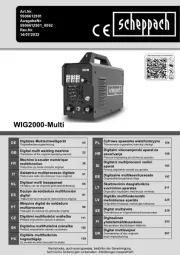
30 Juli 2025
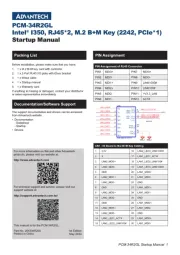
30 Juli 2025
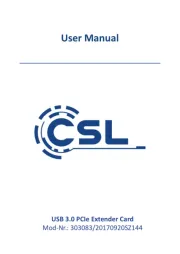
30 Juli 2025
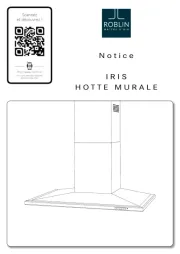
30 Juli 2025
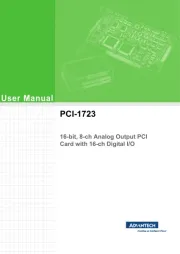
30 Juli 2025
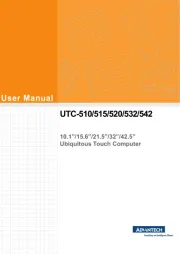
30 Juli 2025
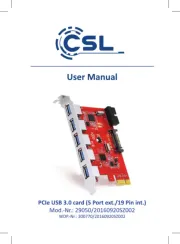
30 Juli 2025

30 Juli 2025